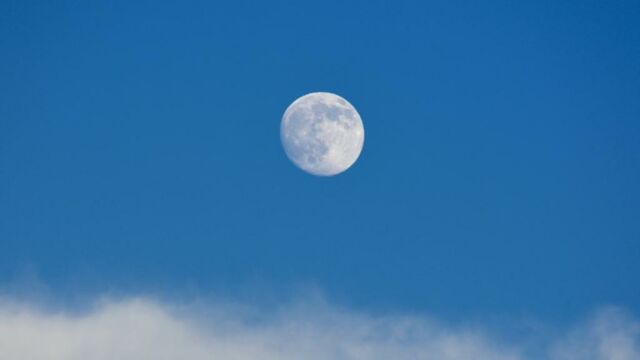There’s a common understanding that during the day we only see the sun, and similarly at night, we only see the moon. However, you may have noticed that sometimes the moon is actually visible, even when the sun has risen and is shining in the middle of the day. How is this possible?
Discover our latest podcast
Midday moon
The moon has always been associated with the night, but that doesn’t necessarily mean that it’s only appears after dawn. And while it may be surprising to see it when the sun is out, there is a scientific explanation behind this strange phenomenon.
Sciences et Avenir reported, based on the findings of Sarah Noble—a specialist in lunar science, that the moon actually doesn’t produce its own light. That’s right. The planet that actually illuminates the Earth during the dark gets is white light from the rays of the Sun! As you can imagine, stars are also present in daylight but it’s just invisible to the eye.
The reason why the moon is not, is because it reflects more light and hence appears brighter than the sky.
Moon cycle
Sarah Noble, who also works in NASA, explains that there is another reason why the Moon is visible during the middle of the day. She said:
Because of the Earth's rotation, the Moon is above the horizon for about 12 hours out of 24. Since these 12 hours almost never coincide with the 12 hours of daylight every 24 hours, the possible window for observing the Moon in daylight is about six hours per day.
In fact, the only time the star is invisible throughout the day is when it’s a full moon since that is when it sets at the same time as the sunrise and vice versa.















